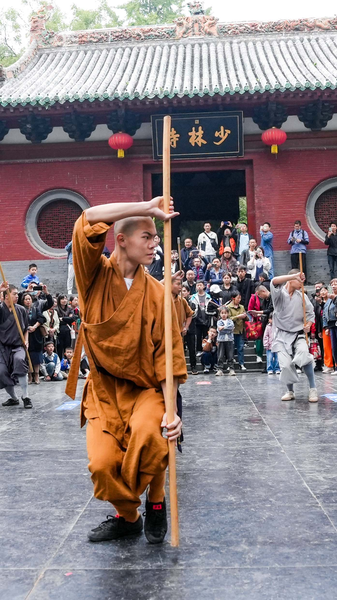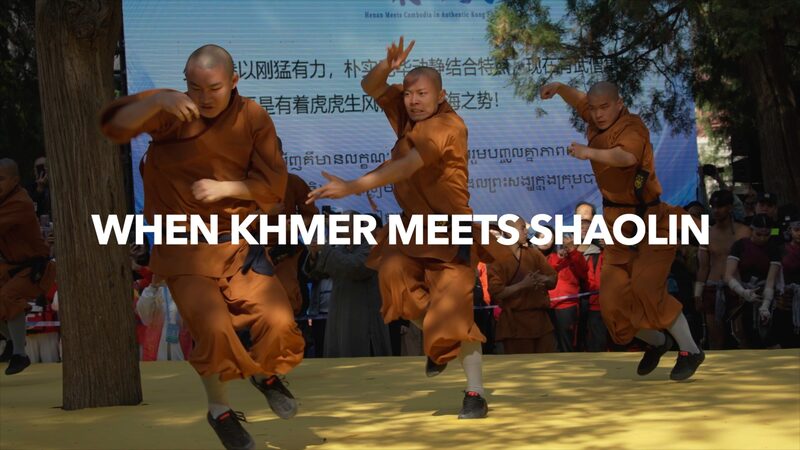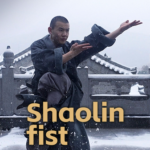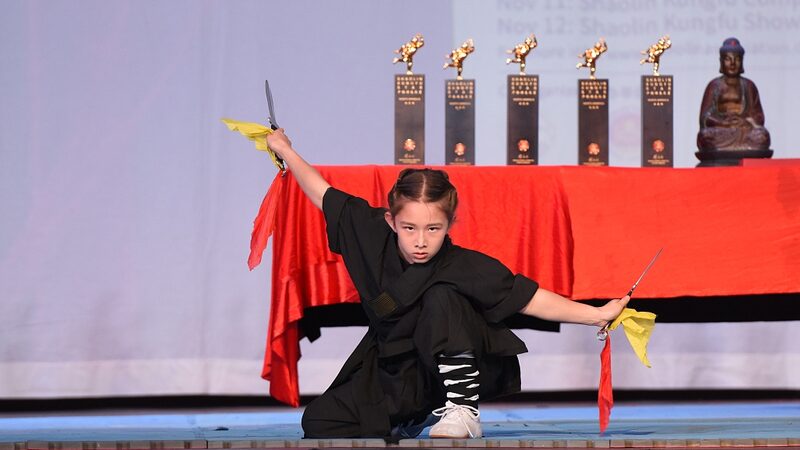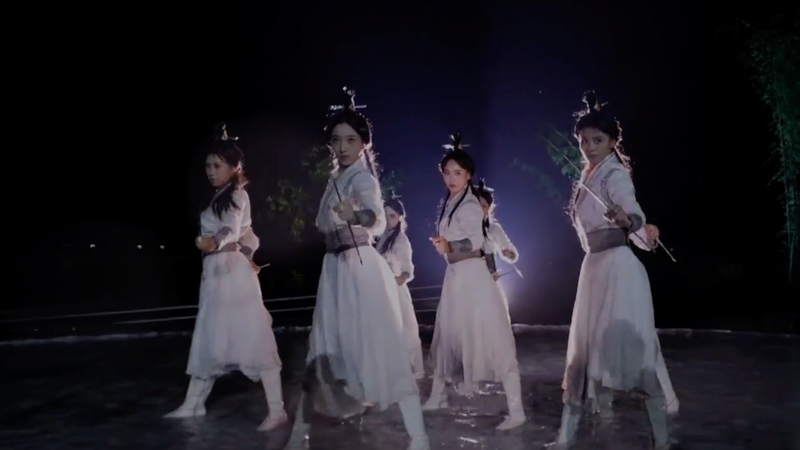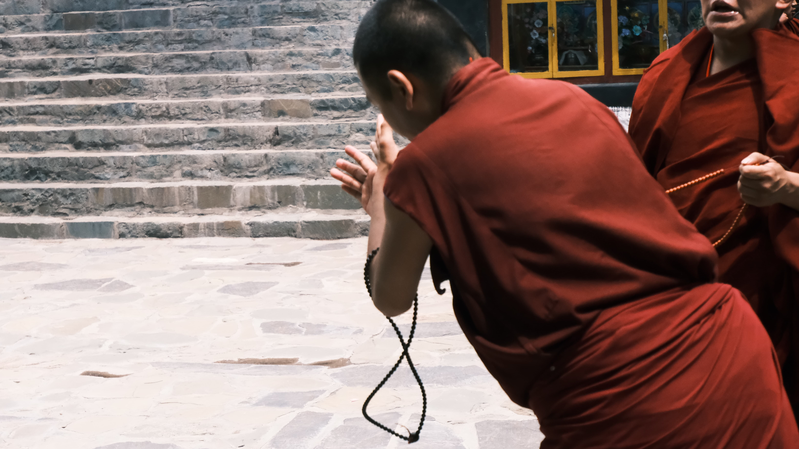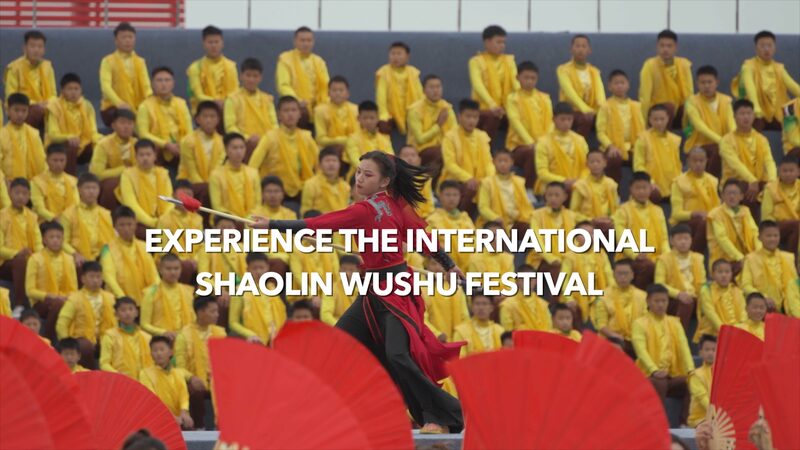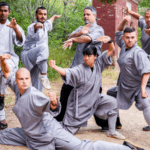At the gates of China's iconic Shaolin Temple, monks move with rhythmic precision, their wooden staffs slicing through the air in a centuries-old dance of discipline. The staff—symbolizing both simplicity and profound skill—remains central to Shaolin kung fu, blending martial prowess with philosophical depth.
Roots in Ritual, Relevance in Motion
Dating back over 1,500 years, the Shaolin staff evolved from monastic tools used daily by monks. Today, its techniques—swings, thrusts, and blocks—form a tightly choreographed system emphasizing agility and spatial awareness. 'Every motion is intentional,' explains a senior monk. 'It's not just combat; it's meditation in action.'
Harmony in Strength
Visitors marvel at demonstrations where staff strikes alternate with fluid footwork, illustrating the balance between offense and defense. This 'controlled harmony' reflects broader Shaolin principles, merging physical training with mental focus—a philosophy resonating with global martial arts enthusiasts and mindfulness practitioners alike.
Cultural Bridge
For diaspora communities and travelers, the staff symbolizes enduring cultural connections. Annual festivals at the temple attract thousands, while overseas kung fu schools integrate staff techniques into modern fitness programs, proving ancient traditions adapt without losing their essence.
Reference(s):
cgtn.com
